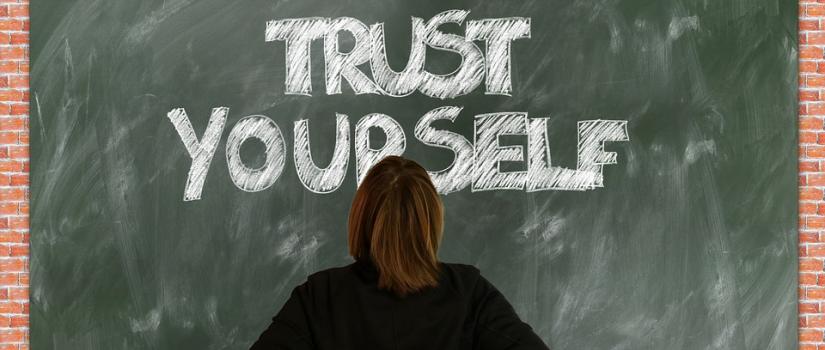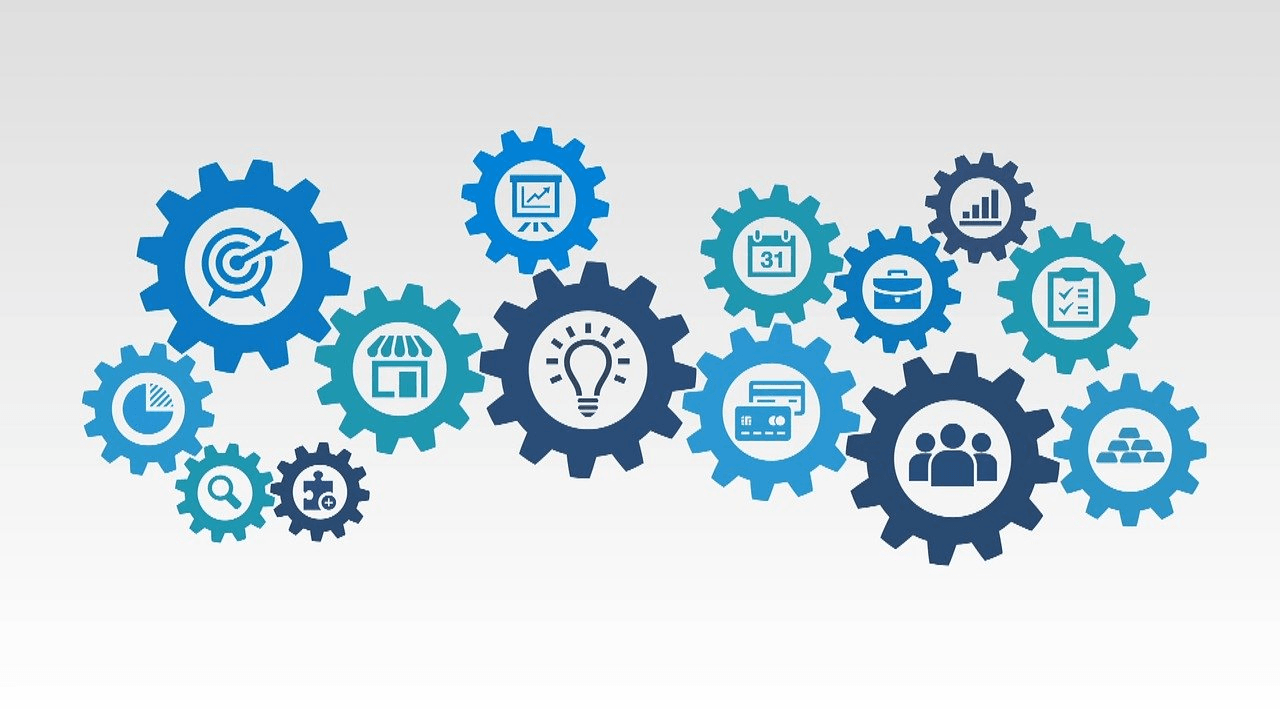COVID-19: Remote working from home?
4 Leadership tips to stay connected & productive.
In the rapidly changing world of Covid-19, more and more New Zealand organisations are being prudent and beginning to prepare for the possibility of remote working from home. As a result, there is increased focus on the mental health issues that are related to working from home and there is good reason for this. As humans we are hard-wired as a social species, to seek out opportunities to be part of a group or community. Most of us have a strong human desire to be socially accepted and as human beings we survive and thrive much better together, that is of course until we don’t, which is unfortunately the case with Covid-19. Self-isolated, remote working from home is clearly a state that is counterintuitive to our hard-wired need for group contact and social acceptance. Hence, the question becomes with the potential reality of working remotely from home for an undefined amount of time, how can we retain a sense of connectivity and community? In addition, how can we ensure there is an acceptable level of productivity where people are still motivated by what they view as meaningful work in a world where there is no longer certainty and stability?
So where to start in achieving success in remote working from home? Obviously, people tackle firstly what they know to be important, e.g. let’s make sure our laptops connect from home. Great, that’s a good start, so what’s next? A strong platform and very practical way to start thinking about and preparing for the world of remote working, relates to the model of ‘Virtual Management’, a working approach model that has arisen out of globalisation and technology advances. Wikipedia defines Virtual Management as the supervision, leadership, and maintenance of virtual teams - dispersed work groups that rarely, if ever, meet face to face. Virtual Management techniques have been used successfully for many years by leaders that face issues that other leaders don’t normally have to think about, e.g. minimal awareness of team dynamics, cross-cultural differences in establishing trust in working relationships, project meetings across different time zones, etc. In an article titled ‘Common challenges of a virtual team’ referenced from sitepoint.com, the author states the following issues as sometimes experienced by virtual team leaders and team members: misunderstanding from poor communication, incompatible communication preferences, differences in work ethic, lack of clarity and direction, frequent second-guessing, deficient sense of ownership and commitment, inability to ask the right questions and difficulty with delegation.
Clearly, in addition to the above virtual team issues, we also have mental health challenges from the Covid-19 crisis, which include increasing anxiety, confusion, uncertainty and instability on many levels for both leaders and team members. To follow are 4 tips to support leaders to successfully engage in virtual management and reduce the above identified risks of working remotely:
1. Communication, Communication, Communication
Leaders consistently communicating with their team members is everything during times of remote working. This includes the scheduling and setting up of conference call meetings, starting first thing on a Monday morning to establish priorities for the week, even if you think these priorities are clear – this will create a strong start & tone to the working week. If you are a leader, I want to be very clear on this point - your job is to never stop communicating clarity to your team members, even if this means you verbally communicate to your people on a daily basis. There are many benefits to significantly increasing levels of communication. These include providing daily clarity in a world of uncertainty, allowing your people to keep asking questions - any question, keeping your people up to date with what is happening across the organisation, and helping them to continually feel a sense of belonging and connectiveness. Importantly it will also significantly lower the risk of individuals filling their own void with negative, dysfunctional thoughts that are born out of isolation, confusion, stress and anxiety.
For those teams that have embraced the world of JTI, Myers Briggs, or other team profiles, it is time to pull out your profiles and reengage so that each team member has an understanding of how other team members like to be communicated with – this will go a long way communication wise, to avoiding misunderstanding and second guessing the tone of emails or conference calls where you can’t see the facial expression of the other person. By the way, while on the topic of emails, you might want to make a rule on their use during times of remote working. For example, if you are emailing back and forth on a particular issue and you have to respond more than twice or three times, it is time to stop emailing and connect via phone or even better, Skype, facetime, etc.
2. Setting clear work prioritisation targets & delegation of work
Again, the daily/weekly setting of work priorities will provide strong clarity, direction and work meaningfulness for team members while enabling individual ownership and commitment to the work priorities. It will be important though to proactively manage team members expectations that work priorities may rapidly change, depending on the circumstances of your external clients. You may also need to manage expectations for your A type personalities in that their productivity probably just won’t achieve the same level as in normality, given typical remote working issues such as IT problems. You may need to emphasise to these pace setters, that it is okay, these are exceptional times, which require patience and calm.
Where there is a drop off in external client work, you might want to consider whether there is opportunity to start remote working on some of the internal organisational improvement type projects (e.g. improved design of intranet) that are often delayed due to high levels of external client work and normal reactive busyness of the work day.
3. Tough conversations are okay & may be required
In the world of remote working, it is okay to have tough conversations where needed with your team members. Unfortunately, in times of uncertainty and instability there is often a number of, albeit very small, employees that will engage in stupid, unhelpful, misconduct or poor performance type behaviour. The fact that these employees are working remotely does not diminish your responsibility as a leader to have the tough conversation, and in some ways, it amplifies your responsibility, particularly if the behaviour directly impacts on others working remotely, e.g. sending an inappropriate, blame-game type email to another team or team member. If this behaviour is being demonstrated by a team member that normally acts in a professional manner, this clearly may mean this team member is not coping well and that they need extra emotional support, including maybe providing them with EAP type phone support. If the team member, however, has typically engaged in misconduct type behaviour in past, you may need to just have a very direct ‘cut it out’ type conversation to get this person back on track. Either way your role as a leader will be to investigate and resolve these issues in a way that supports both the individual to get back on track and behave appropriately and in turn, will minimise the possible derailment and negative distraction of other team cohorts.
4. Living consciously and managing leader & employee stress
How leaders communicate and lead in the world of remote working will ultimately dictate whether there is success and calm for many team members or whether they will live in a perpetual state of stress and anxiety. This includes an employee’s ability to live consciously (i.e. not letting negative, unhelpful emotions rule their reality) and not let the Covid-19 stress monster gobble them up in a fit of anxiety and despair. A simple, clever and practical model that leaders can teach their people to alleviate anxiety, fear and reduce the risk of the stress monster waking up individuals at 2am, is Stephen Covey’s Circle of Influence and Control. Get your team together now in a room (or virtually if already in the world of remote working) and have each team member individually write down their own list of everything that is currently concerning them. Once they have completed their individual list, get them to use a big red felt pen to put a thick line through anything they currently don’t have control over. With the items that are left on the list (i.e. the things they have control and influence over), ask them to prioritise the three items on this list having the greatest impact for them, and write an action plan to address each. As part of this session, I would also get the team as a whole, to brainstorm any concerns they have about working remotely. Make sure you write up on the whiteboard things like lack of connectivity, feeling alone, worried about the future of the organisation, etc, so that as the leader of this team you help them front foot and discuss their fears openly and come up with possible ideas and solutions. This includes ways to be virtually more connected as a team, and support team members that may have lower levels of resilience and may be prone to higher levels of stress and anxiety (e.g. a virtual buddy system where one team member checks in daily via phone on another team member).
To finish, during these uncertain times, please don’t forget, that as a human species, it is absolutely true what they say, we are tough, resilient and although we may be a bit battle scarred at the end of all this, we will find our way back to normality, even if it is a new normal. Remember to be kind, compassionate (particularly to those not coping as well as you), patient and live as consciously as you can. For you leaders out there, take extra special care of yourselves so that you in turn, can take extra special care of your team members, family and friends.
If you have any questions or want further clarity on the above content, please don’t hesitate to contact us.
If you would like to read more on the topic, here's a great and detailed resource on working from home called “ The Suddenly Remote Playbook ” from the world's largest fully remote company, Toptal. Enjoy!
Mary Buckley
Managing Director, Culture by Design










